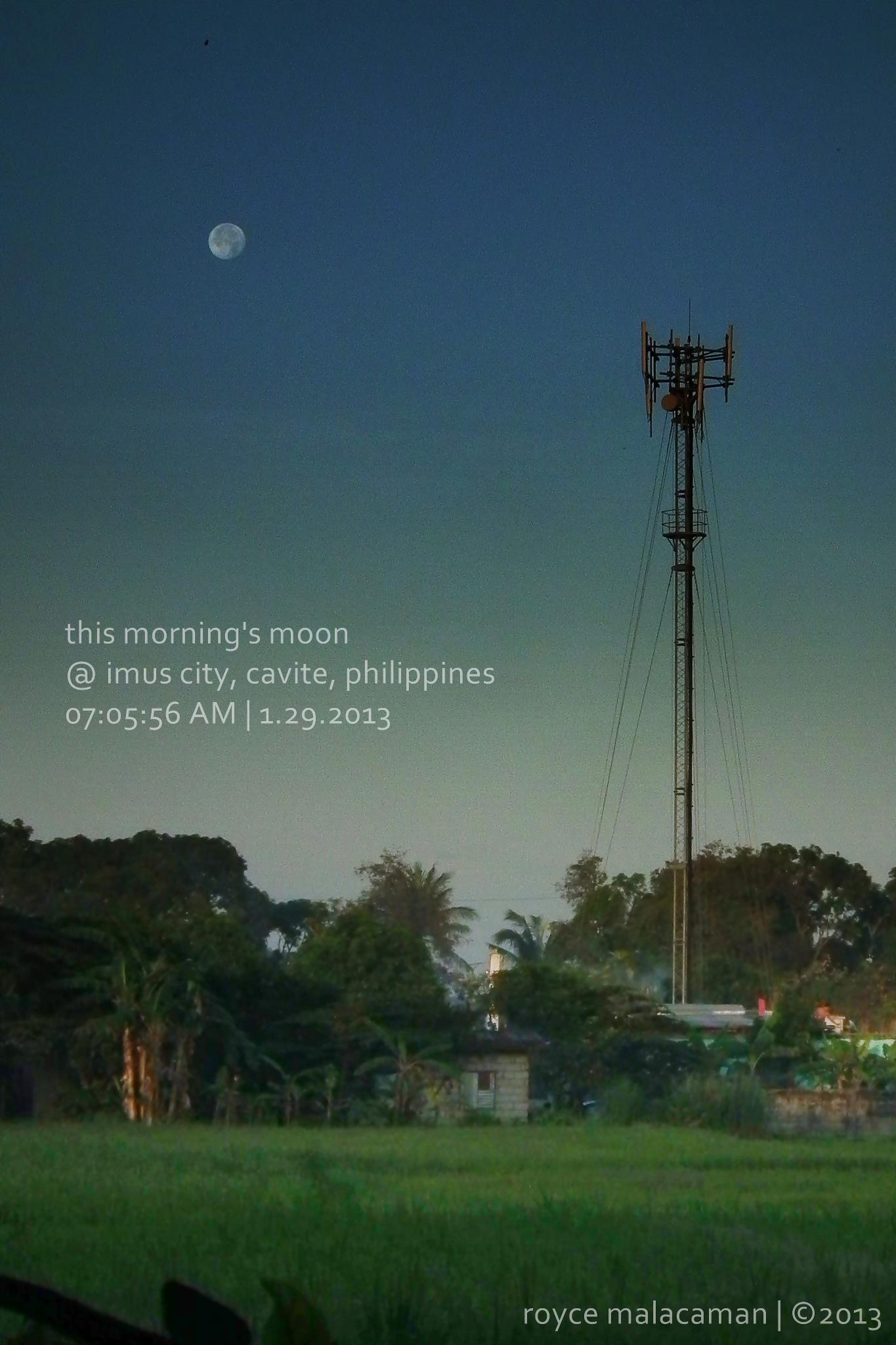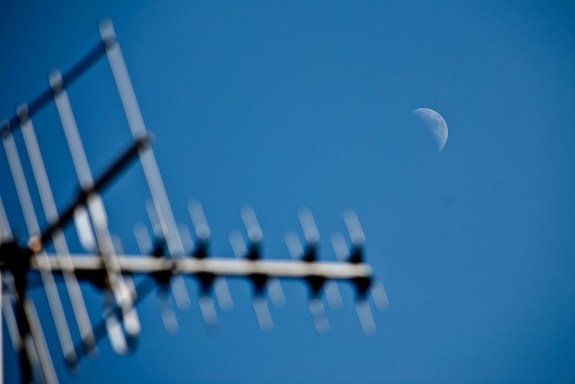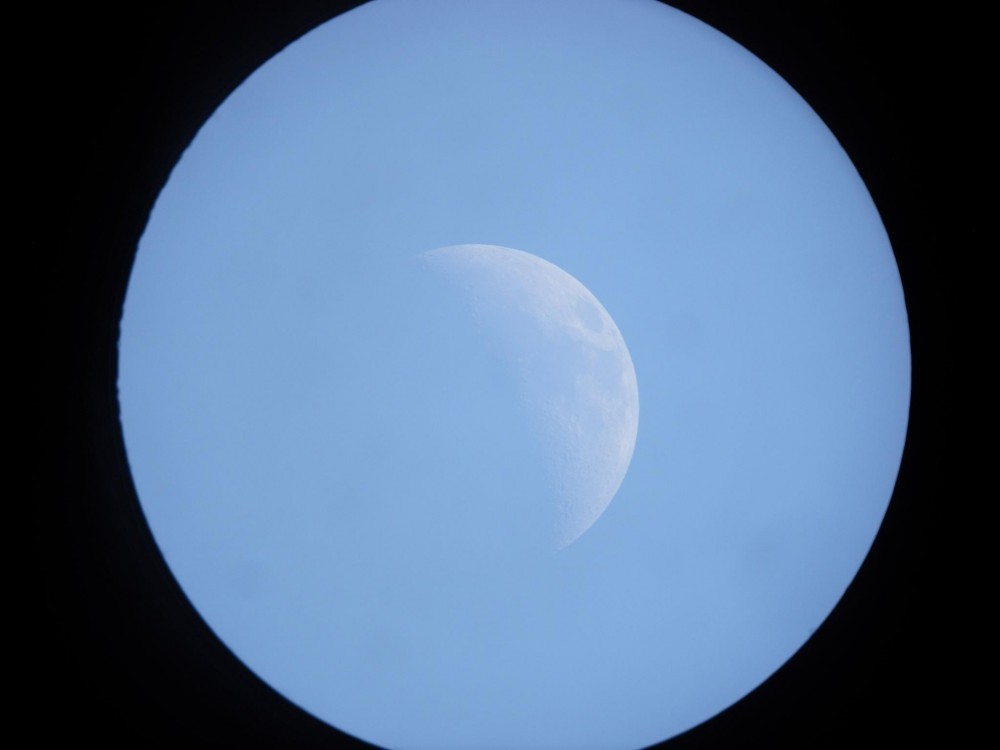We get many comments from those who see the moon in the daytime. The comments tend to have an air of disbelief about them, typically going something like this:
I saw the moon in a blue sky. Why? How can this happen? I thought the moon was visible only at night!
In fact, the moon is up in the daytime as often as at night. It’s only the full moon that that rises in the east as the sun is setting in the west and reigns in the sky all night long. That means the moon is up all night long only one night each month. Otherwise, the moon rises and sets on its own schedule, having nothing to do with sunrise or sunset, and varying in a systematic way throughout each month as the moon pursues its monthly orbit around Earth. If you want to understand more about the moon’s rising and setting times, and subsequent phases, check out this post: Understanding moon phases
So when can you see the moon in the daytime? Basically, you need three things to see the daytime moon:
- Look within a week or so of the date of full moon.
- Before full moon, look for the daytime moon in the afternoon.
- After full moon, look for the daytime moon in the morning.
- Look up! The daytime moon is often up there, but it’s pale against the blue sky.


At this writing (January 29, 2013), the moon is appearing in a waning gibbous phase in the morning sky, and it is indeed far enough from the sun to be visible in daylight as the photo above shows. The last full moon was January 27, 2013 at 4:38 UTC. So if you’re reading this on January 29, you should be able to see a daytime moon in the west for another few days.
If you begin to look at the sky a lot, you’ll often see the daytime moon, too. Everyone loves to see the daytime moon. It’s beautiful and serene, floating against the blue sky. Once, a reader in Kansas City wrote in with the name children’s moon to describe a moon visible during the day. She said this name stemmed from the idea that children can’t stay up at night late enough to see the moon when it appears only in darkness.

That story prompted another reader to send in an alternate version for the origin of the name children’s moon. She wrote:
I heard a daytime moon was called a ‘children’s moon’ because their eyes were sharp enough to pick it out, where the old folks, with fading vision, could not tell it from the clouds.
Bottom line: You can see the moon during the day whenever it’s fairly large in phase and fairly far from the sun on the sky’s dome. So you need to know the date of full moon to know when to see a daytime moon. Learn the date of the next (or last) full moon, then start to look for the daytime moon about a week before full moon, in the afternoon sky. After full moon, look again for a week or so, this time in the morning sky. Most important criterion: look up! If you do, you’ll often see the moon in the day.













